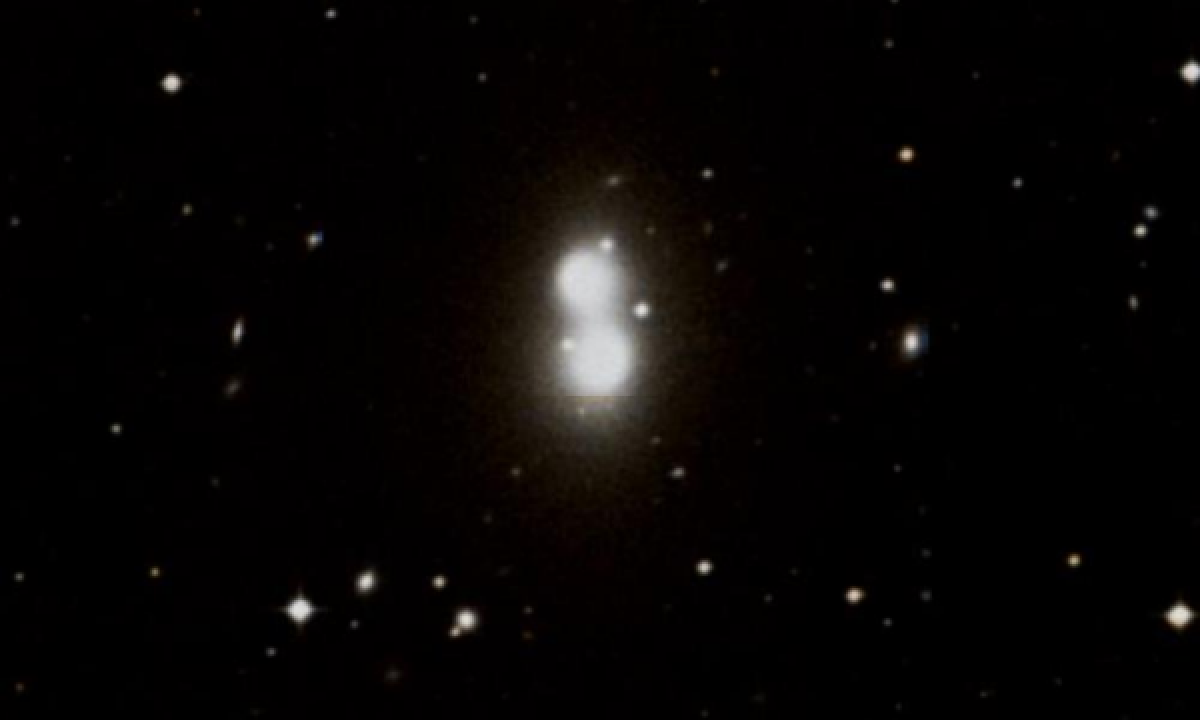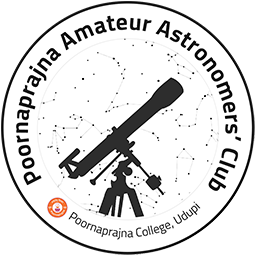The New General Catalogue of Nebulae and Clusters of Stars (abbreviated as NGC) is a catalogue of deep-sky objects compiled by John Louis Emil Dreyer in 1888. The NGC contains 7,840 objects, known as the NGC objects. It is one of the largest comprehensive catalogues, as it includes all types of deep space objects, including galaxies, star clusters, emission nebulae and absorption nebulae.
Know more about NGC
NGC 4782

NGC 4782 is an elliptical galaxy in the constellation of Corvus. Its velocity with respect to the cosmic microwave background for is 4,962±30 km/s, which corresponds to a Hubble distance of 238.7 ± 16.8 Mly (73.18 ± 5.15 Mpc). However, nine non-redshift measurements give a closer distance of 189.86 ± 22.21 Mly (58.211 ± 6.811 Mpc). It was discovered by German-British astronomer William Herschel on 27 March 1786. NGC 4782 along with NGC 4783 are listed together as Holm 485 in Erik Holmberg's A Study of Double and Multiple Galaxies Together with Inquiries into some General Metagalactic Problems, published in 1937. They are also listed as VV 201 in the Vorontsov-Vel'yaminov Interacting Galaxies catalogue. However, since NGC 4782 is about 31.1 Mly (9.54 Mpc) farther away than NGC 4783 (using Hubble distance), the grouping is purely optical. The SIMBAD database lists NGC 4782 as a radio galaxy, i.e. it has giant regions of radio emission extending well beyond its visible structure.
More Images:

Sources:
Wikipedia Page: NGC 4782
NGC 4782 at In-The-Sky website
